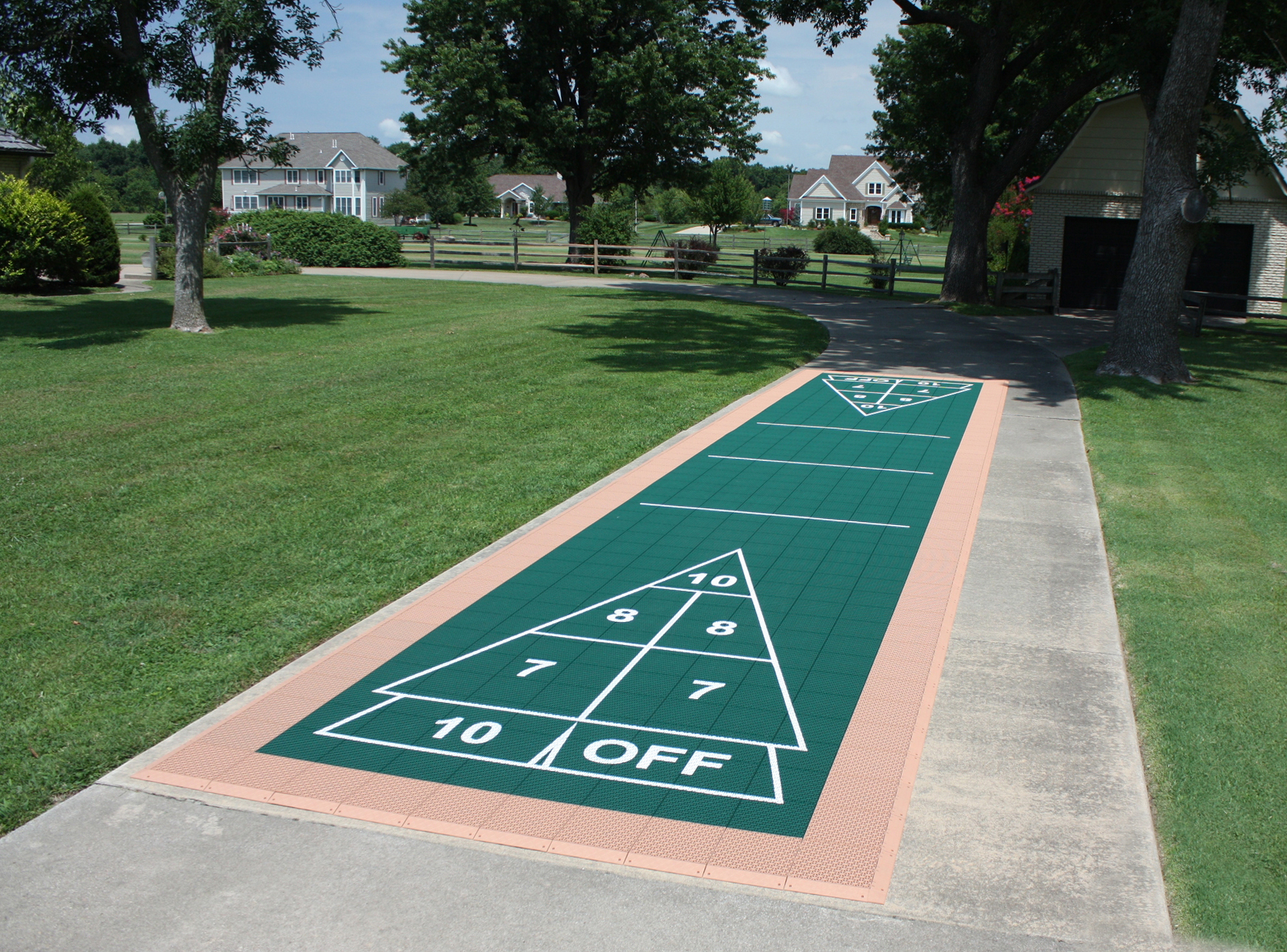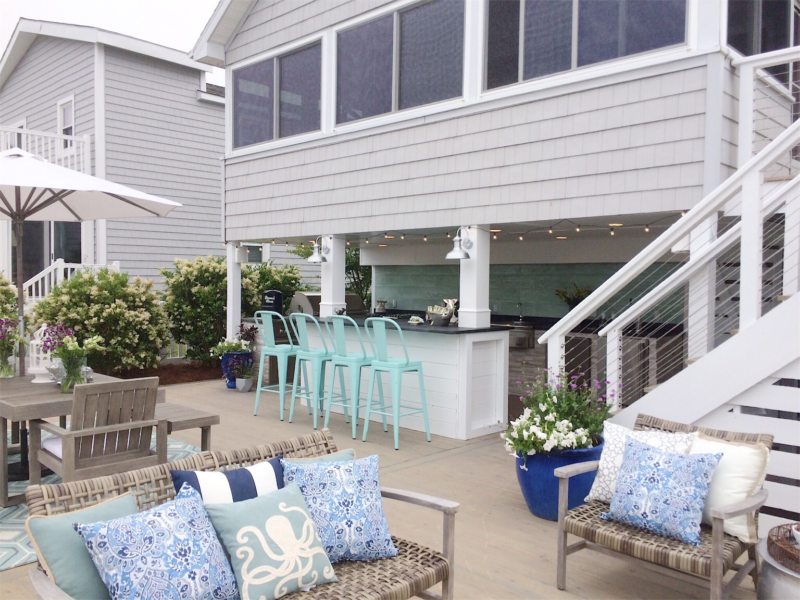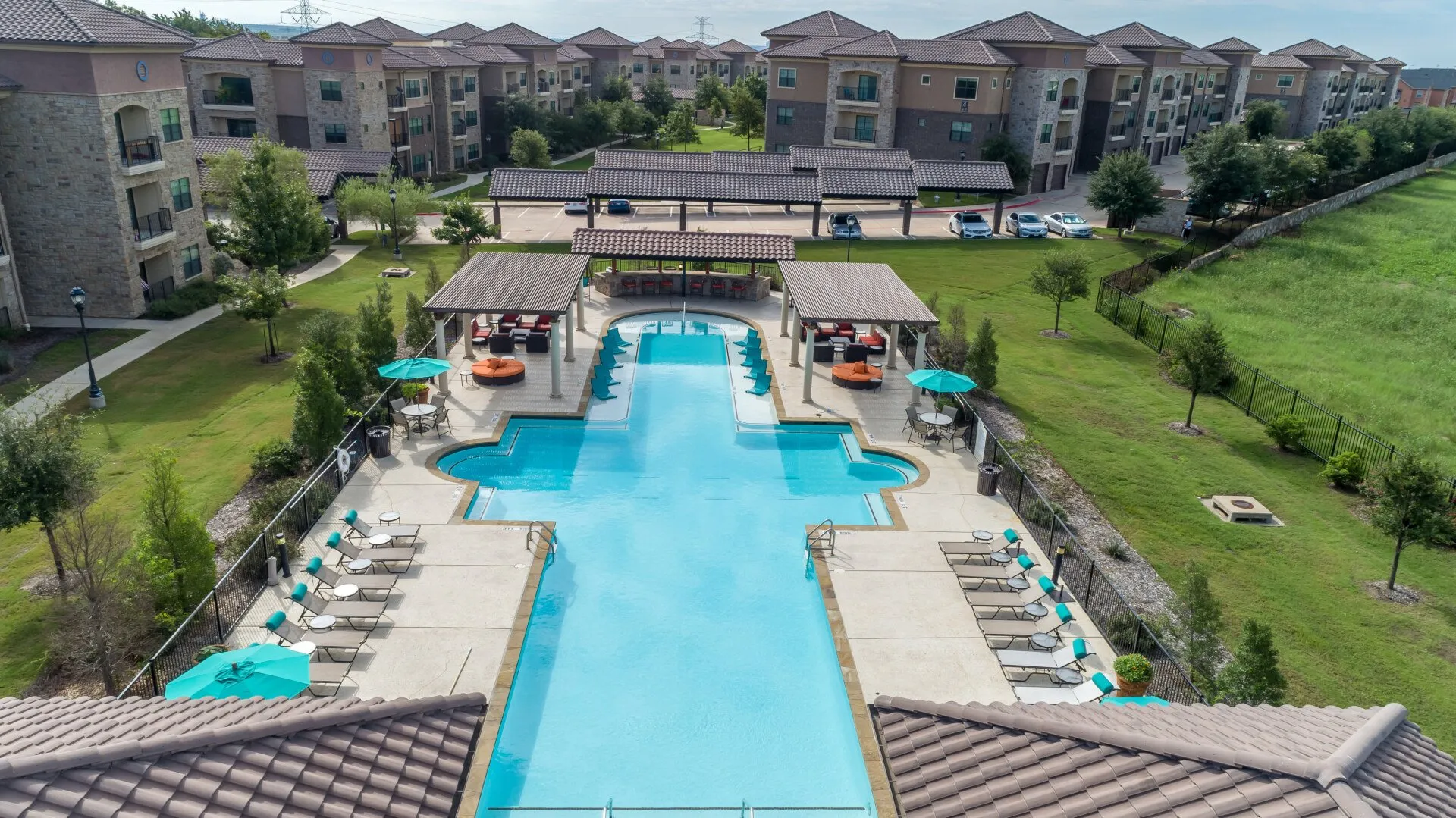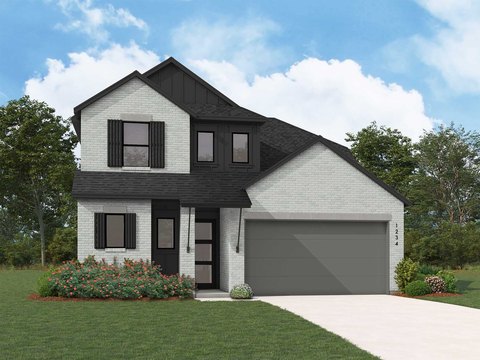Outdoor Shuffleboard Dimensions: Everything You Need to Know

If you’re planning to build, buy, or play on a shuffleboard court outdoors, understanding the correct outdoor shuffleboard dimensions is crucial. Whether you’re designing a court for your backyard, a community park, or a sports facility, precise measurements ensure fair gameplay and consistency across matches. Plus, knowing the dimensions helps avoid costly mistakes in materials and layout.
In this guide, we’ll cover the official court size, markings, equipment space, and even custom or space-saving options. We’ll also answer common questions and provide best practices for setting up your shuffleboard court for long-lasting outdoor use.
What Are the Official Outdoor Shuffleboard Dimensions?
Standard Court Dimensions
According to the National Shuffleboard Association (NSA), the official outdoor shuffleboard court has the following dimensions:
- Length: 52 feet (from baseline to baseline)
- Width: 6 feet
This 52-foot length includes both scoring zones and the central playing area, ensuring regulation gameplay.
Breakdown of Court Layout
Full Layout Components
Here’s a breakdown of the essential components and how they fit within the court dimensions:
- Scoring Zones (Each End):
- Total Length: 6 feet
- Divided into:
- 10-point zone: 3 feet long
- 8-point zone: 1.5 feet long
- 7-point zone: 1.5 feet long
- 10-off penalty zone: located behind scoring triangle
- Center Area / Playing Zone:
- Length: 40 feet
- Purpose: Where the disks glide and strategy unfolds
- Shooting Area / Dead-Line Zone:
- Each end includes a 6-foot shooting area behind the scoring triangle
- Must not be stepped on while shooting
- Total Length Including Shooting Areas:
- 6 ft (shooting area) + 6 ft (scoring zone) + 40 ft (center zone) = 52 feet
Additional Space Recommendations
To ensure safe and comfortable gameplay:
- Add 2 feet on each side for player movement = Total Width: 10 feet (recommended)
- Add at least 2-4 feet behind each baseline for shooter stance
Shuffleboard Court Markings & Colors
Marking Specifications
To meet regulation standards, court lines and shapes should include:
- Scoring triangle with clearly marked 10, 8, and 7-point areas
- 10-off area behind the scoring triangle
- Center line dividing both sides
- Dead-line between scoring zone and shooting area
Color Considerations
- Most outdoor courts use green or black backgrounds with white or yellow lines
- Anti-glare surfaces are recommended for sunny environments
Court Surface Materials for Outdoors
Top Material Choices
- Concrete:
- Durable and weather-resistant
- Requires regular cleaning and repainting
- Asphalt:
- Budget-friendly but may crack with time
- Modular Plastic Tiles:
- Easy to install and maintain
- Provides good glide for disks
- Wood Decking (for semi-portable courts):
- Suitable for private decks or resorts
- Needs weatherproof coating
Maintenance Tips
- Seal concrete to prevent water damage
- Use UV-resistant paint for line markings
- Clean regularly to maintain smooth disk glide
Portable and Compact Shuffleboard Options
Shortened Courts for Small Spaces
Not everyone has 52 feet to spare. Fortunately, compact courts are available for casual play:
- Half-court options: 26–30 feet long
- Mini courts: As small as 20 feet for backyards or patios
These are not tournament-approved but great for home or recreational use.
Portable Shuffleboard Mats
- Ideal for temporary setups
- Often come in sizes like 12×2 feet or 20×3 feet
- Easily rolled out on patios, driveways, or sport courts
Shuffleboard Equipment Space Requirements
Puck (Disc) Size
- Diameter: 6 inches
- Weight: Around 15 ounces
Cue Length
- Standard cue length: 75 inches
- Ensure there’s at least 4 feet of space behind each end to accommodate cue movement
DIY Shuffleboard Court: Planning Tips
Checklist for Backyard Installation
- Measure your space (at least 60 feet x 10 feet recommended)
- Level the ground to avoid disk drift
- Choose surface material based on budget and climate
- Paint lines using durable outdoor paint
- Add fencing or bumpers to keep pucks within the court
Cost Estimates
- Concrete court: $3,000–$6,000
- Portable court kit: $200–$800
- DIY court (painted surface): ~$500 including materials
Frequently Asked Questions (FAQs)
What is the difference between indoor and outdoor shuffleboard dimensions?
- Indoor shuffleboard often uses long tables (up to 22 feet), while outdoor shuffleboard uses a flat court layout with a length of 52 feet.
Can you build a shuffleboard court on grass?
- It’s not recommended. Grass is uneven and unpredictable. Use pavers, concrete, or a leveled wooden platform instead.
Is a smaller court still playable?
- Yes! While not regulation size, smaller courts can still be used for fun and practice.
How much space do I need for a shuffleboard court?
- Ideal footprint: 60 feet long by 10 feet wide (including buffer zones)
Conclusion
Knowing the correct outdoor shuffleboard dimensions is essential for anyone looking to build, buy, or play on a court that’s enjoyable and fair. The standard size is 52 feet long by 6 feet wide, with clearly defined scoring zones, shooting areas, and safety buffers. Whether you go for a full concrete build or a space-saving mat, getting the dimensions right is the foundation of a great game.
Ready to set up your court? Start by measuring your space, choosing the right materials, and sketching your layout based on the official dimensions. With a little planning, you can enjoy this timeless game in your own backyard or community space.




